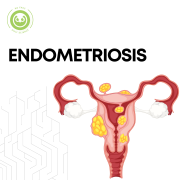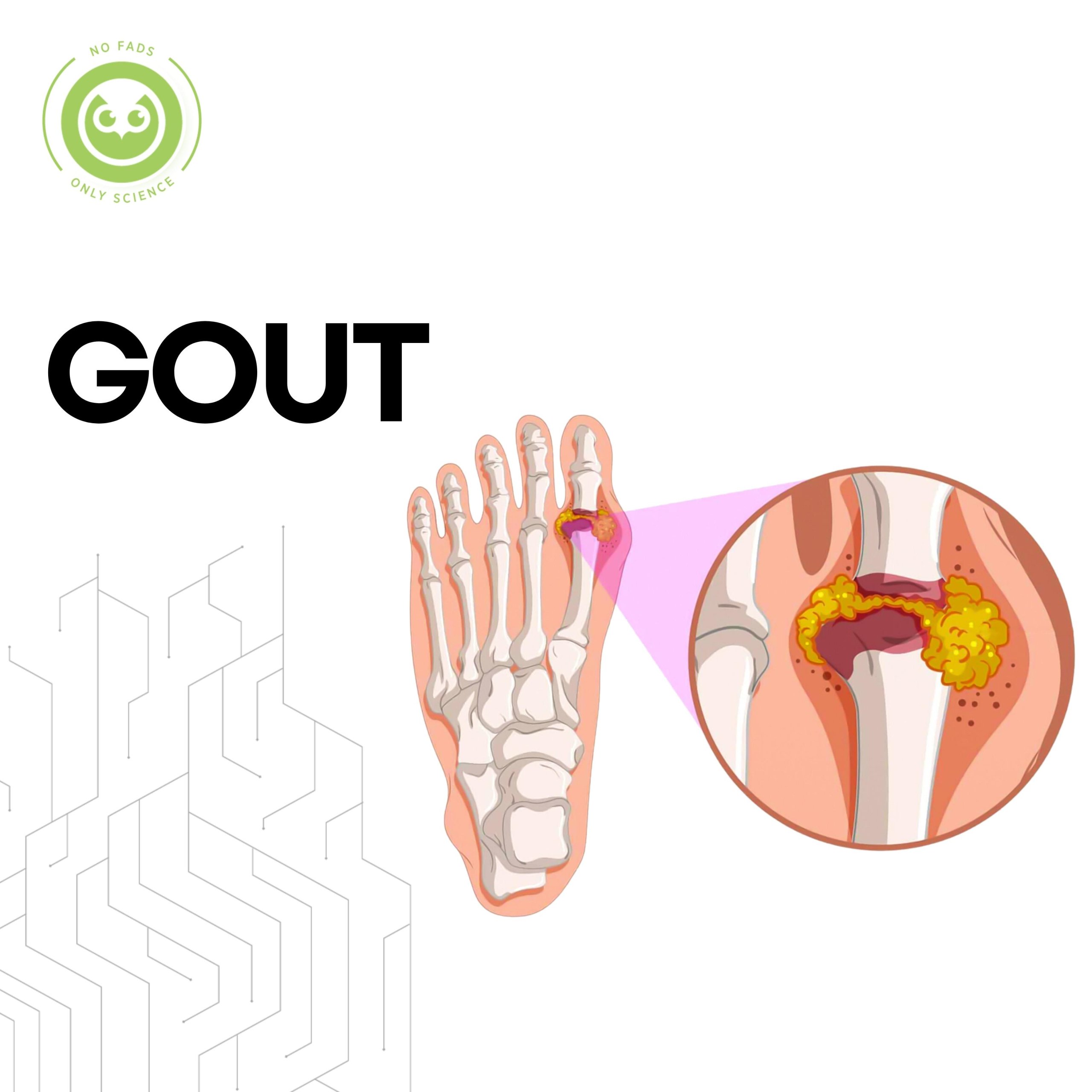Endometriosis
Introduction:
Endometriosis is a medical condition that affects millions of women worldwide, causing chronic pain and infertility. It occurs when tissue similar to the lining of the uterus grows outside of the uterus, such as on the ovaries, fallopian tubes, or the lining of the pelvis. This tissue responds to hormonal changes during the menstrual cycle, leading to inflammation, scarring, and adhesions that can cause severe pain during menstruation, intercourse, and other activities.
Endometriosis is a complex and often misunderstood condition, with symptoms that can vary widely from person to person. It can take years for some women to receive a proper diagnosis, during which time the condition can progress and cause more damage. While there is no cure for endometriosis, there are treatments available to manage symptoms and improve quality of life.
Causes of Endometriosis:
Retrograde menstruation: menstrual blood flows back into the pelvic cavity and deposits endometrial cells outside the uterus.
Hormonal imbalances: excess estrogen can cause the growth of endometrial tissue outside the uterus.
Immune system dysfunction: may allow endometrial cells to grow outside the uterus.
Genetic factors: endometriosis may run in families.
Environmental toxins: exposure to environmental toxins such as dioxins may increase the risk of endometriosis.
Lifestyle factors: a diet high in red meat, and trans fats, and low in fruits and vegetables; lack of exercise; and obesity may increase the risk of endometriosis
Symptoms of endometriosis:
Pelvic pain: The most common symptom of endometriosis is chronic pelvic pain, which can range from mild to severe. The pain may be dull, crampy, or sharp and may occur before, during, or after menstruation.
Painful periods: Women with endometriosis may experience dysmenorrhea (painful periods), which can be severe enough to interfere with daily activities.
Pain during intercourse: Painful intercourse, also known as dyspareunia, is a common symptom of endometriosis.
Infertility: Endometriosis is a leading cause of infertility in women, with up to 50% of women with endometriosis experiencing difficulty getting pregnant.
Heavy periods: Women with endometriosis may experience heavy or irregular menstrual periods.
Gastrointestinal symptoms: Endometriosis can cause gastrointestinal symptoms such as bloating, diarrhea, constipation, and nausea.
Fatigue: Chronic pain and other symptoms of endometriosis can lead to fatigue and exhaustion.
Other symptoms: Other less common symptoms of endometriosis include back pain, leg pain, and painful urination.
It’s important to note that the severity of symptoms does not always correlate with the severity of the condition. Some women with mild endometriosis may experience severe symptoms, while others with severe endometriosis may experience no symptoms at all.
If you’re experiencing any of these symptoms, it’s important to talk to your healthcare provider. They can help determine if endometriosis may be the cause of your symptoms and recommend appropriate treatment options.
Stages of Endometriosis:
Stage I (Minimal): In this stage, the endometrial tissue is present in small, isolated patches.
Stage II (Mild): In this stage, the endometrial tissue is more widespread, and small cysts may be present.
Stage III (Moderate): In this stage, the endometrial tissue is more extensive, and larger cysts and adhesions may be present.
Stage IV (Severe): In this stage, the endometrial tissue is widespread, and large cysts and adhesions may be present.
It is important to note that these are general guidelines and that individual nutrition needs may vary depending on personal health conditions, allergies, and dietary restrictions. It is recommended to speak with a healthcare professional and a registered dietitian to develop a personalized nutrition plan that meets individual needs.
Types of Endometriosis:
Superficial endometriosis: This type of endometriosis affects the peritoneum, which is the lining of the abdominal cavity. In some cases, it can cause mild pain and discomfort during menstruation.
Deep endometriosis: This type of endometriosis affects the deeper layers of tissue, such as the muscle wall of the uterus or the bowel. It can cause severe pain, heavy bleeding, and fertility problems.
Endometrioma: This type of endometriosis involves the formation of cysts on the ovaries. It can cause pain, discomfort, and fertility problems.
Adenomyosis: This type of endometriosis affects the muscle wall of the uterus, causing it to thicken and enlarge. It can cause severe pain, heavy bleeding, and fertility problems.
It’s important to note that while nutrition can help manage symptoms, it cannot cure endometriosis. Consult with a healthcare professional or a registered dietitian for personalized dietary recommendations. Here is an Indian study on endometriosis and nutrition
Triggers to eliminate:
Certain foods can trigger inflammation in the body and exacerbate endometriosis symptoms. These include high-fat foods, caffeine, alcohol, dairy, gluten, etc. The above trigger foods can increase inflammation.
Foods to include
Including foods that are rich in anti-inflammatory properties can help improve symptoms associated with chronic inflammation.
Fruits and vegetables, whole grains, and fatty fish are excellent sources of antioxidants, fiber, and omega-3 fatty acids, which can help reduce inflammation.
Additionally, lean proteins, nuts, and seeds provide essential amino acids and healthy fats that are important for maintaining overall health and reducing inflammation.
Supplements to consider
Supplements such as Omega-3 fatty acids and Vitamin D have been shown to have potential benefits for individuals with endometriosis.
Omega-3 fatty acids can help to reduce inflammation and pain, while Vitamin D is important for regulating the immune system and reducing inflammation.
However, it is important to speak with a healthcare professional before taking any supplements to ensure they are safe and effective for your individual needs.
Lifestyle modifications for Endometriosis:
While there is no known cure for endometriosis, there are several lifestyle modifications that can help manage the symptoms and improve the quality of life.
Here are some lifestyle modifications for endometriosis that you can try:
Exercise regularly: Regular exercise can help reduce inflammation and relieve pain associated with endometriosis. It can also help regulate hormones and improve overall health. Aim for at least 30 minutes of moderate-intensity exercise, such as brisk walking, cycling, or swimming, most days of the week.
Follow a healthy diet: Eating a balanced diet that is rich in fruits, vegetables, whole grains, and lean proteins can help reduce inflammation and improve overall health. Avoid processed foods, sugary drinks, and excess caffeine, as these can exacerbate symptoms of endometriosis.
Manage stress: Stress can trigger inflammation and make symptoms of endometriosis worse. Find healthy ways to manage stress, such as meditation, yoga, deep breathing exercises, or talking to a therapist.
Get enough sleep: Lack of sleep can exacerbate symptoms of endometriosis. Aim for 7-9 hours of sleep each night and establish a regular sleep routine.
Avoid smoking and excessive alcohol consumption: Smoking and excessive alcohol consumption can increase inflammation and worsen symptoms of endometriosis. Quit smoking and limit alcohol consumption to one drink per day or less.
These lifestyle modifications can help manage symptoms and improve the quality of life for women with endometriosis. However, it is important to consult with a healthcare provider for personalized treatment and management strategies.
Myths about Endometriosis:
Many myths and misconceptions about endometriosis can lead to misunderstandings and delayed diagnosis. Here are some common myths about endometriosis that you should be aware of:
Myth 1: Endometriosis is just bad cramps.
Fact: While painful periods are a common symptom of endometriosis, the condition can also cause pain during sex, bowel movements, and urination. It can also lead to infertility and other complications.
Myth 2: Endometriosis is rare.
Fact: Endometriosis affects an estimated 10% of women of reproductive age, making it a fairly common condition.
Myth 3: Endometriosis can only be diagnosed through surgery.
Fact: While surgery is the only way to definitively diagnose endometriosis, a healthcare provider can often make a presumptive diagnosis based on symptoms and a physical exam. Other diagnostic tests, such as ultrasound or MRI, may also be used.
Myth 4: Pregnancy cures endometriosis.
Fact: While pregnancy can temporarily relieve symptoms of endometriosis, the condition often returns after pregnancy or childbirth.
Myth 5: Hysterectomy cures endometriosis.
Fact: While removing the uterus (hysterectomy) can provide relief from endometriosis symptoms, it is not a cure. Endometrial tissue can still grow in other areas of the body, leading to ongoing symptoms.
It is important to understand the facts about endometriosis to make informed decisions about treatment and management. If you suspect you may have endometriosis, it is important to talk to a healthcare provider for an accurate diagnosis and individualized treatment plan.
Conclusion:
To manage endometriosis, women must understand the facts and myths and develop personalized treatment plans with healthcare providers. Lifestyle modifications, such as exercise, healthy eating, stress management, and adequate sleep, can alleviate symptoms and improve quality of life. Accurate diagnosis and individualized treatment plans from healthcare providers are crucial for women who suspect they may have endometriosis. With proper management and support, women with endometriosis can live healthy and fulfilling lives.
- The World Endometriosis Research Foundation – https://endometriosisfoundation.org/endometriosis-basics/
- The Endometriosis Association – https://endometriosisassn.org/about-endometriosis/symptoms
- Endometriosis: Symptoms, Diagnosis, Treatment, and More. (2021). Healthline. Retrieved 28 February 2023, from https://www.healthline.com/health/endometriosis
- Endometriosis. (2021). Mayo Clinic. Retrieved 28 February 2023, from https://www.mayoclinic.org/diseases-conditions/endometriosis/symptoms-causes/syc-20354656
- Endometriosis. (2021). Mayo Clinic. Retrieved 28 February 2023, from https://www.mayoclinic.org/diseases-conditions/endometriosis/symptoms-causes/syc-20354656
- Endometriosis: Myths and Facts. (2021). Cleveland Clinic. Retrieved 28 February 2023, from https://my.clevelandclinic.org/health/diseases/12080-endometriosis-myths–facts
- Endometriosis: Symptoms, Diagnosis, Treatment, and More. (2021). Healthline. Retrieved 28 February 2023, from https://www.healthline.com/health/endometriosis



